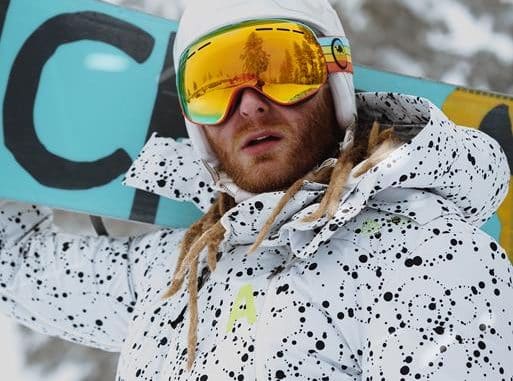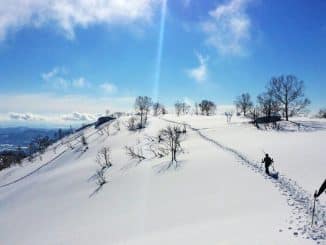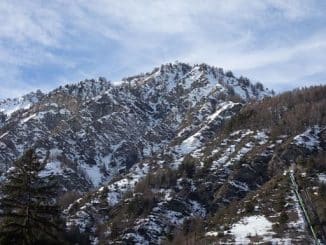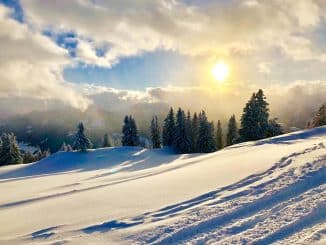
Ski fashion trends are all well and good, but how do you choose a good ski jacket? You may look fantastic on the slopes with the current styles. However, when purchasing an excellent ski and snowboard jacket, there is more to consider than just how it looks. The more expensive coats are more efficient. As it’s often said, “you get what you pay for,” and this is generally true, plus a high-quality ski jacket is well worth the investment. Take a look at how to choose the best ski socks, gloves and boots for extra ski wear.
Waterproofing and the ability to breathe
Most significantly, the jacket must keep the snow away from your body while skiing, snowboarding, or hiking, while still allowing the heat and moisture from your body to escape. The jackets or ski suit must practically breathe for the waterproofing and breathability to perform to their full potential. The more expensive the item, the higher the quality of the garment and the waterproof/breathable membrane in the textiles used to make them of the finest quality.
Both waterproofing and breathability are rated in terms of numbers and grams. Waterproofing is usually measured in millimetres, with 5,000 millimetres being the lowest, 10,000 millimetres being the average, 20,000 millimetres being the highest, and 28,000 millimetres being the highest. Breathing capacity is usually measured in grams, with 5,000g being the least breathable and 20,000g or more being the most.
Breathability in jackets
There is also a RET value when it comes to breathability: less than a 6 rating is highly breathable, up to 13 is decent, and 20 is ok but not the best. If the jacket has a high level of waterproofing, it can allow moisture and heat to escape; choose the double layer if you want your coat to operate better for you.
Waterproof coating
Along with the waterproof barrier in the fabric, most ski jackets feature a thin water-repellent coating on the top layer, which is known as DWR (durable water repellent).
Insulation or a Shell
Padded jackets are often warmer, although they are less adaptable than a shell jacket, with material that’s insulated. If the padding is synthetic, it is often bulkier than natural down insulation and performs better in moist conditions. Some manufacturers, however, combine natural down and synthetic padding in the same jacket, with the down in the regions that require the most extraordinary warmth and the synthetic in the areas that are most likely to become wet. Look for PrimaLoft and Thinsulate brands, which have a wide selection of these types of ski coats.
Seams that are sealed
Apart from being stitched together, seams are frequently taped on the inside to improve waterproofing.
Moisture-wicking are words used to describe the ability of a product
The linings of many jackets are composed of quick-drying cotton or mesh, which helps keep you dry. This works by transporting sweat away from your body.
Venting
Underarm vents are essential for preventing overheating during skiing by enabling hot air to escape through the jacket; they can be mesh lined or feature a two-way zip.
Hood
The hoods are adjustable to keep from falling over your eyes and impeding vision. They can be fixed or detachable and made to fit over a helmet.
Durability and weight
Jackets come in various weights and weave; the more layers, the more durable the cloth is, but it is also heavier.
Fitting and Cutting
It depends on what you’re going to do; if you solely ski, aim for a slim fit; if you freestyle, try for something loose so you can move around more easily. Both snowboarders and skiers benefit from stretch material.
Snap to Pants and a Snow Skirt
Both assist keep you warm and dry by preventing snow from getting inside your clothes.



